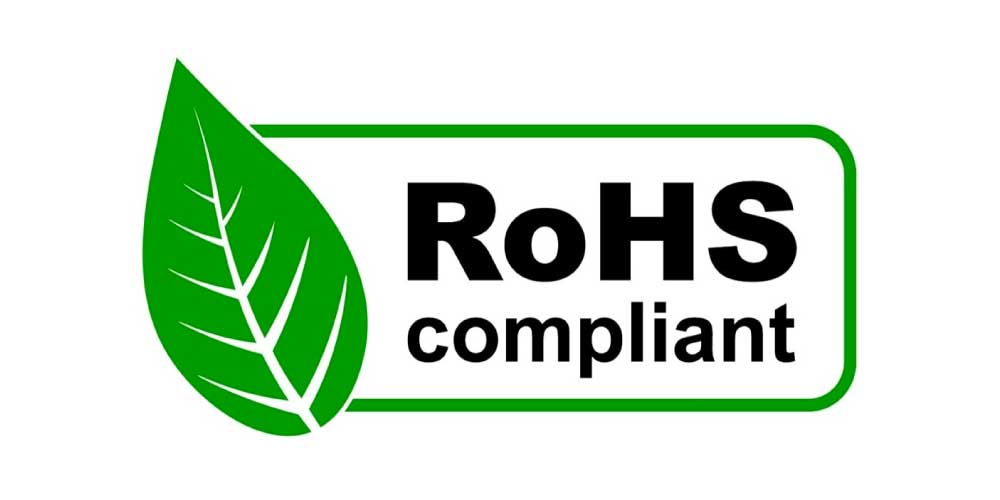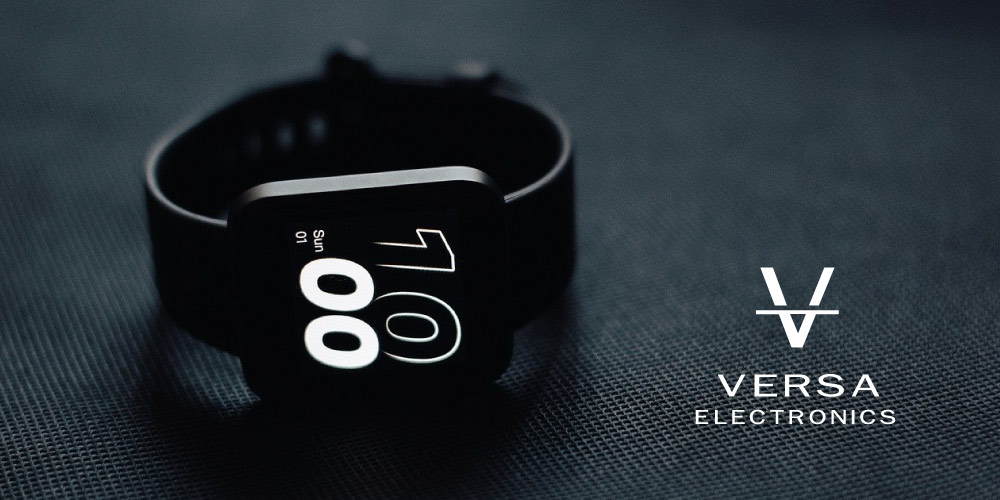The EU’s Restriction of Hazardous Substances (RoHS) regulation has evolved significantly since its inception in 2003. Indeed, it’s now one of Europe’s most comprehensive human health protection, safe waste management, and environmental preservation programs.
But more importantly, RoHS-3 is now in effect (from July 22, 2019), and manufacturers must comply with the new regulations or face stiff penalties. Are you in compliance?
This guide explains RoHS-3’s new requirements, implementation deadlines, exemptions, and what you can do.
What is RoHS: An Overview
RoHS stands for Restriction of Hazardous Substances. It’s an EU directive that regulates the use of certain substances in electrical and electronic equipment (EEE).
The directive’s main objective is to limit the impact of restricted substances to reduce occupational exposure and ultimately better protect human health and the environment.
To this end, manufacturers must control the use of the identified hazardous substances when making electronic equipment and keep technical documentation demonstrating such compliance. EEE products containing the listed hazardous materials above the maximum allowable limits are barred from EU markets.
What is RoHS-3?
The RoHS idea was first hatched around 2002, though RoHS-1 came to force in 2006. It’s known as Directive 2002/95/EU and restricts six main substances, mercury, cadmium, lead, hexavalent chromium, polybrominated diphenyl ethers, and polybrominated biphenyls. The directive restricts these substances to 0.1% except for cadmium, restricted to 0.01%.
However, RoHS-1 was revised in 2013, revamping it for better clarity. It was more of an administrative and legal revamp to simplify the regulation. Anyway, the new regulation, known as RoHS-recast Directive 2011/65/EU or just RoHS-2, went into effect in 2013.
RoHS-3, or Directive 2015/863, is a further (and the newest) revision to the RoHS directive. Initiated in 2015, it adds four substances to the original RoHS restricted substances list and comes with a new WEEE (Waste from Electrical and Electronic Equipment) compliance requirement. You can access the WEEE Directive 2002/96/EC separately.
New Substances in RoHS-3
The four new controlled hazardous substances introduced under RoHS-3 are Bis (2-Ethylhemxyl) Phthalate (DEHP), Benzyl Butyl Phthalate (BPP), Dibutyl Phthalate (DBP), and Di-isobutyl Phthalate (DIBP)
1- Bis (2-Ethylhemxyl) Phthalate (DEHP)
Di (2-Ethylhemxyl) Phthalate (DEHP) is a manufactured chemical commonly added to plastics to make them more flexible. It’s a colorless liquid with almost no odor and is present in many products, including kids’ toys and medical equipment.
Unfortunately, the substance can be gradually released from consumer products into indoor environments, resulting in human exposure. Significant exposure increases the risk of cancer and birth defects. Therefore, it’s now restricted to 0.1%.
2- Benzyl Butyl Phthalate (BBP)
Benzyl Butyl Phthalate (BBP) is an organic compound historically used as a plasticizer. It’s a phthalate ester containing benzyl alcohol and n-butanol tail groups. The material remains in liquid form over a wide range of temperatures, making it an excellent plasticizer for PVC, PVCA, and PVB.
Unfortunately, benzyl butyl phthalate is a major health hazard. For instance, exposed individuals are at risk of multiple myeloma, bronchial obstruction, and airway inflammation. Therefore, RoHS-3 restricts it to 0.1%.
3- Dibutyl Phthalate (DBP)
Dibutyl phthalate (DBP) is an artificial chemical often added to plastics and other chemicals to keep them soft. So, it’s very common in EEE products.
Humans are exposed to the substance through the air we breathe and contact with DBP-bearing materials. Unfortunately, inhalation at high levels increases the risk of eye, nose, and throat irritation. Exposed individuals may also experience nausea, vomiting, dizziness, and headache. Therefore, RoHS restricts it to 0.1%.
4- Di-isobutyl Phthalate (DIBP)
Finally, Di-isobutyl Phthalate is also commonly found in consumer-facing plastic products. It helps make plastics softer and more flexible. So, it’s very common in electronic equipment.
Unfortunately, di-isobutyl Phthalate isn’t safe for human health. It increases the risk of lung disease and brain damage. Some reports also show that it affects the liver. Therefore, RoHS-3 restricts the use of this product to 0.1%.
What’s the RoHS-3 Implementation Deadline?
The new RoHS-3 standard came into full effect on July 22, 2019, for all non-exempt products targeting the EU market.
Exemptions
Medical devices and monitoring and control products are exempted from July 22, 2019 deadline. Instead, these two sectors got a 2-year grace period. So, only products made from July 22, 2021, targeting these sectors need to comply with the RoHS-3 directive.
Are You in Compliance?
It is critical for US and other EEE manufacturers targeting the EU market to fully comply with the RoHS directive, specifically the revised RoHS-3. Otherwise, you face painful legal and financial consequences.
For instance, the penalty for non-compliance is a staggering £5,000 ($6,300+) per non-compliant product in the UK. It’s even worse in Germany, where you risk a €30,000 ($32,000+) fine per product plus a 2-year jail term. So, perhaps now is a great time to check with your ECM to verify your RoHS-3 compliance.
About The Author
 Tony Zuberbuehler is a Sales Manager at Versa Electronics with a focus on electronic contract manufacturing. Tony’s career in technology manufacturing spans 25+ years and has included roles as an engineering liaison, in purchasing and material management, manufacturing and planning, customer interfaces, and product fulfillment. Connect with Tony Z on LinkedIn.
Tony Zuberbuehler is a Sales Manager at Versa Electronics with a focus on electronic contract manufacturing. Tony’s career in technology manufacturing spans 25+ years and has included roles as an engineering liaison, in purchasing and material management, manufacturing and planning, customer interfaces, and product fulfillment. Connect with Tony Z on LinkedIn.





